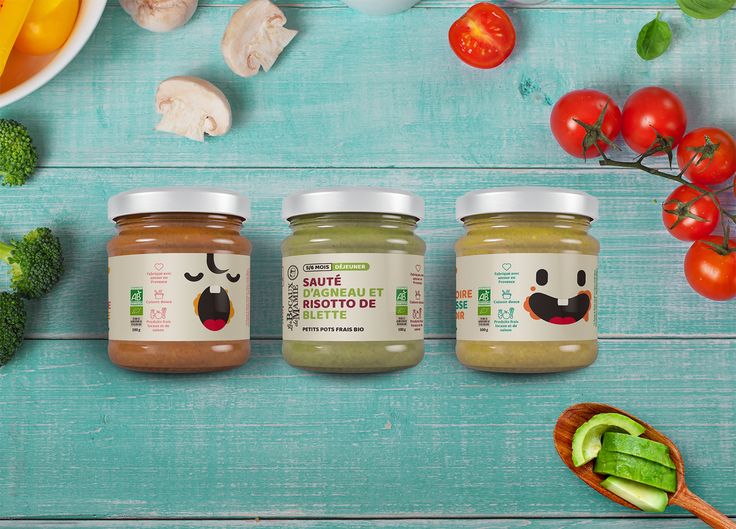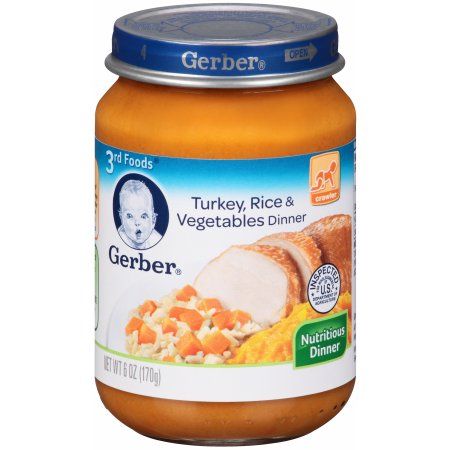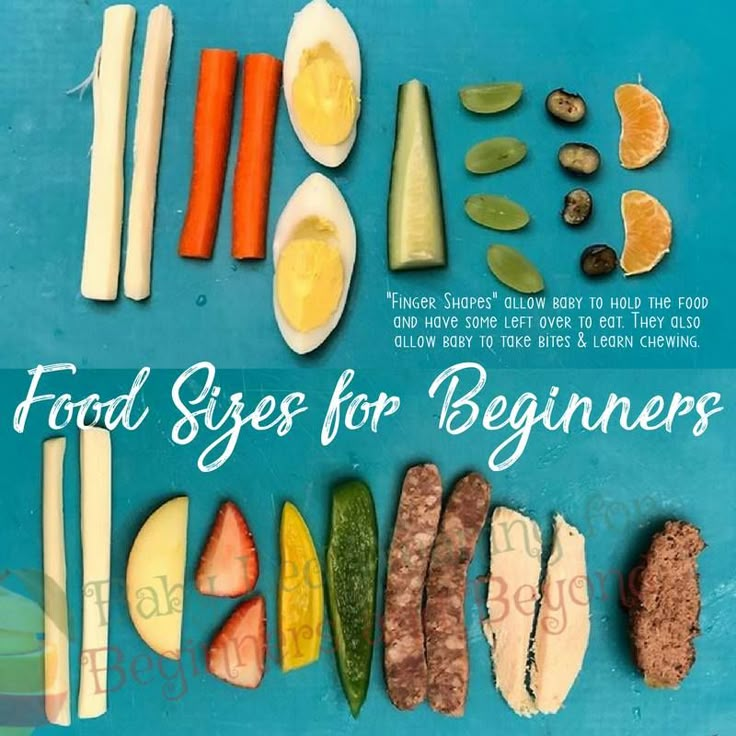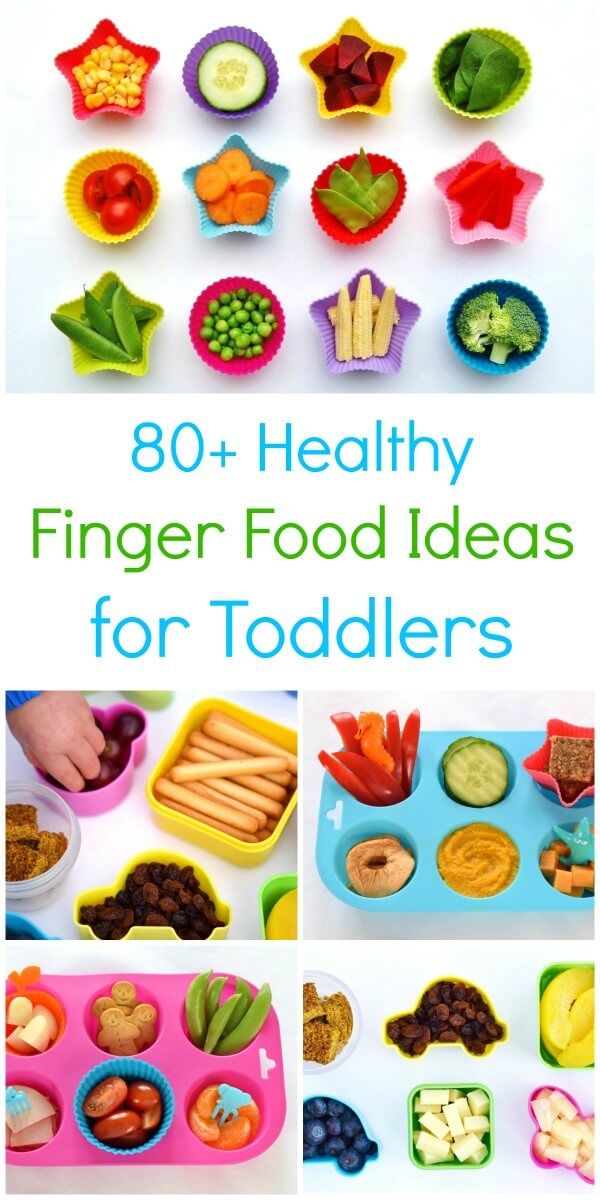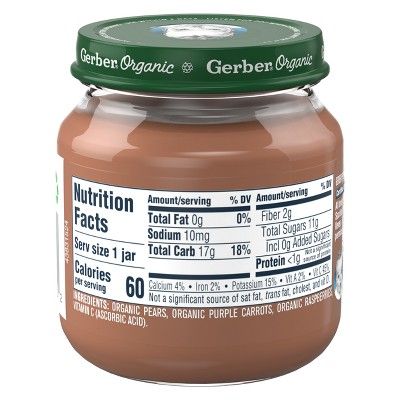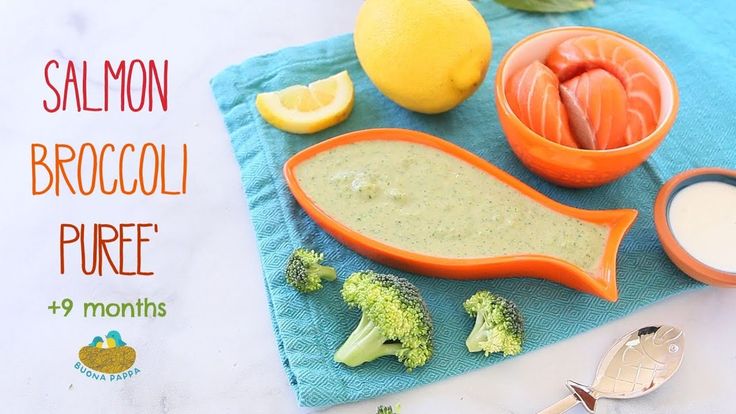Baby emu food
Baby Emus: All You Need To Know (with Pictures)
What does a baby emu look like?
How big are baby emus?
How much do baby emus weigh?
What do juvenile emus look like?
What do you call a baby emu?
Do both parents look after baby emus?
What do baby emus eat?
What do baby emus eat in captivity?
Do both parents feed baby emus?
What do emu eggs look like?
How long do emu eggs take to hatch?
How many babies does an emu have?
When do emus lay eggs?
How long do baby emus stay with their parents?
Emus are the sole survivor of the genus Dromaius and live only in Australia. One of the top-3 largest birds globally, alongside the cassowary and ostrich, an adult Emu can measure up to 1.9m tall and can weigh some 50kg.
Every colossal Emu begins life as a much smaller (albeit still relatively large) emu chick. This article covers all you need to know about baby emus - and there will be plenty of photos of baby emus along the day!
What does a baby emu look like?
Baby emus hatch covered in a fluffy black and white-to-cream striped down. Their faces are also covered in down but are spotted rather than striped.
This striped down acts as camouflage, and the chicks lose it in around 3-months or so, slowly turning dark brown to black. Once they’ve grown out of their juvenile plumage, young emus slowly grow into their adult dusty pale gray-brown plumage.
Close up of an Australian Emu chick
How big are baby emus?
Baby emus are relatively large at birth, measuring around 12cm (5in) tall and weighing approximately 0.5kg (17.6oz).
While they’re undoubtedly large for a baby bird, ostrich chicks are twice as heavy!
Emus grow rapidly, but don’t reach sexual maturity for around 3-years. Juveniles reach adult size and weight after around 8 to 12 months.
How much do baby emus weigh?
Baby emus weigh around 0.5kg (17.5oz) at birth. Emu chicks gain weight and grow very quickly, reaching their adult size and weight after around 8 months to 1-year or so.
A male emu with young chicks
What do juvenile emus look like?
Juvenile plumage begins to grow after around three months.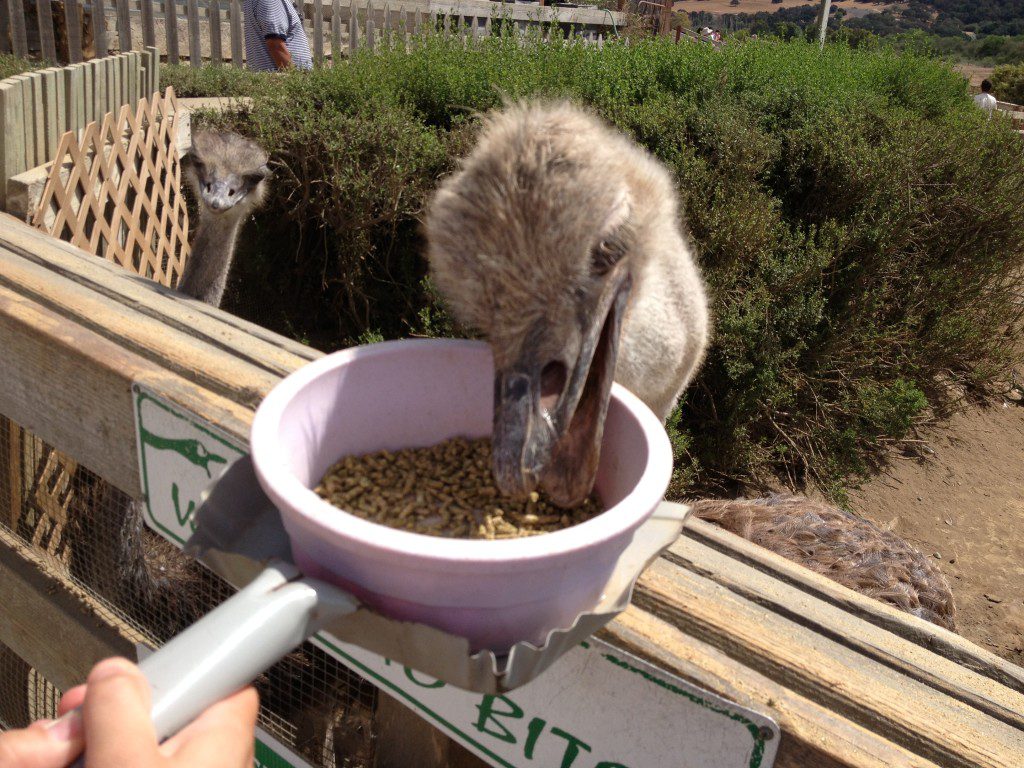 Firstly, the young emu’s striped down is gradually replaced by dark brown to black plumage, with a dark head and neck.
Firstly, the young emu’s striped down is gradually replaced by dark brown to black plumage, with a dark head and neck.
The females are generally darker than the males. Meanwhile, the young emu’s fluffy face begins to thin out, exposing their bluish skin. Adult plumage develops after around 6-months and continues developing for around 12 to 15 months.
Juvenile Emu sat on the ground
What do you call a baby emu?
There’s no specific name for a baby emu. Generally, baby emus are called chicks. At the point they hatch and immediately after, baby emus are called nestlings.
Emus don’t really have a fledgling stage, as they’re flightless! Instead, a baby emu progresses to juvenile status after around 3-months, then into adulthood after 1 to 1.5 years.
Do both parents look after baby emus?
Female emus are polyandrous, meaning they mate with multiple males in one breeding season.
Unlike the majority of bird species, the male emu incubates the eggs, and then raises the chicks when they hatch.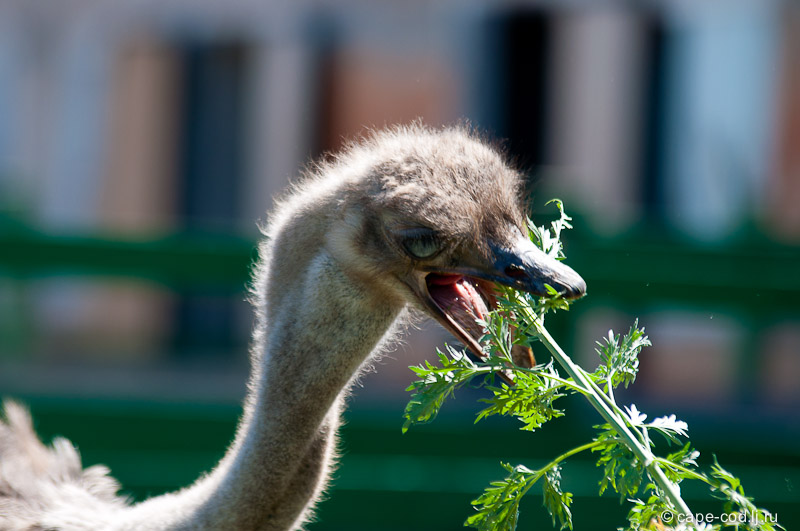 Emu chicks remain under the close care of their father for at least 6 months but may remain in the family unit for as long as 1.5 years.
Emu chicks remain under the close care of their father for at least 6 months but may remain in the family unit for as long as 1.5 years.
During this time, the male often becomes very territorial and defensive of his chicks, even disallowing the mother’s assistance if she offers it! This does vary, as some emu couples are observed to remain monogamous. The father still takes care of virtually all parenting duties in such situations.
Male Emu taking a drink of water with his chicks nearby
What do baby emus eat?
Baby emus feed themselves within a few days. They follow their father, who demonstrates what they can and can’t eat by pecking at valid foods in the environment.
The chicks learn what to eat by trial and error, but can eat many types of foods ranging from small and large insects to fruits, shoots, seeds, grasses, and other plant foods.
What do baby emus eat in captivity?
When kept on farms, baby emus are fed with industrial bird feeds. Their diets are enriched with leafy green vegetables, fruit, and mealworms.
Their diets are enriched with leafy green vegetables, fruit, and mealworms.
In the first couple of months, baby emus are often fed with a 20% protein emu starter feed. Then, between 2 to 24 months, chicks are fed with a maintenance feed, before moving to a lower 16% protein adult feed.
Three baby emus (chicks) foraging for food
Do both parents feed baby emus?
Baby emus aren’t fed by their parents - they feed themselves. Emu chicks are able to walk and feed themselves within just a few days.
Baby emus follow their father - who typically raises the chicks - and follow his cues as to what they can and can’t eat. They learn what they can and can’t eat by trial and error. Emus have super-strong stomachs and large gizzards, meaning they can digest most food present in their environment.
What do emu eggs look like?
Emu eggs are large, measuring around 130 x 90mm and weighing 450 to 650g. They’re a striking emerald green color - one of the brightest, boldly pigmented eggs of all birds.
Eggs are covered in white speckles, making them look like a dark starry night sky.
Three Emu eggs on the ground
How long do emu eggs take to hatch?
Emu eggs are incubated for around 54 to 56 days - a long time considering they’re incubated by just the male.
The male rarely leaves the eggs during incubation and can lose up to a third of his body weight.
How many babies does an emu have?
A typical emu clutch numbers 8 to 10 eggs, but larger clutches of some 20 to 24 eggs have been recorded.
One study found that only as many as 40% of wild emu eggs hatch successfully. Many are lost to adverse weather conditions, abandonment, predation, and sabotage by other emus.
A large emu family, consisting of eighteen chicks
When do emus lay eggs?
Emus pair up around December to January, with egg-laying occurring throughout February until as late as May. Females may mate with around three successive partners during this time.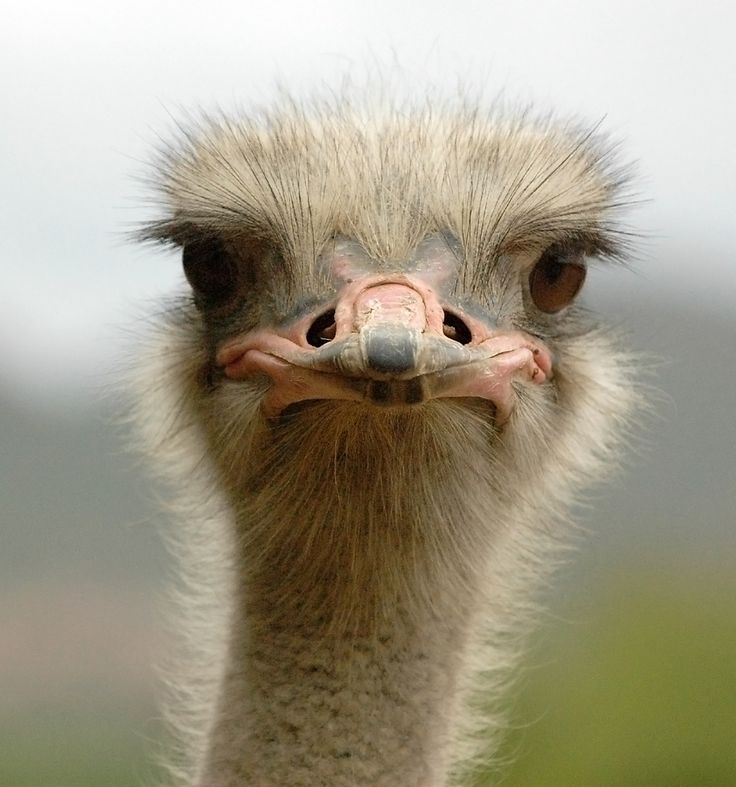
Once the female lays the clutch, she often wanders off as the male takes over incubation duties. However, there are exceptions, as some females stick around and remain with their mate year after year.
How long do baby emus stay with their parents?
Baby emus stay close to their father for at least six months but often remain as a close family unit for the best part of 18 months.
Juvenile emus join a nearby herd after around 12 months, and their father is likely not far away. Emus take about three years to reach sexual maturity, at which point they gain complete independence.
Expert Q + A
Ask a question
Do you have a question about this topic that we haven't answered? Submit it below, and one of our experts will answer as soon as they can.
11 Healthy Foods for Your Baby Emu
Please share!
 As an Amazon Associate I earn from qualifying purchases. Please read my disclaimer for additional details.
As an Amazon Associate I earn from qualifying purchases. Please read my disclaimer for additional details.As with other animals, the early days of a baby emu’s life are vital to survival. When an emu chick is only a few days to a few months old, you must keep it in a safe environment with all the right conditions. More importantly, you must provide a diet that offers all the essential nutrients for growth in emus.
So, what nutrients do baby emus need?
Baby emus need around 20% protein in their diet. They especially need sufficient methionine – a type of amino acid – in their feed. But beyond protein, baby emus should also get enough calcium and phosphorus in their meals.
There’s more to a complete baby emu diet than we described above. So, in this article, we give you a thorough rundown of what your baby emus should eat. We also compile a list of 11 healthy foods for your baby emu.
Table of Contents
What Are the Nutrition Requirements for Young Emu?
Protein and Amino Acids
As with most animals, baby emus need sufficient protein in their diet to grow.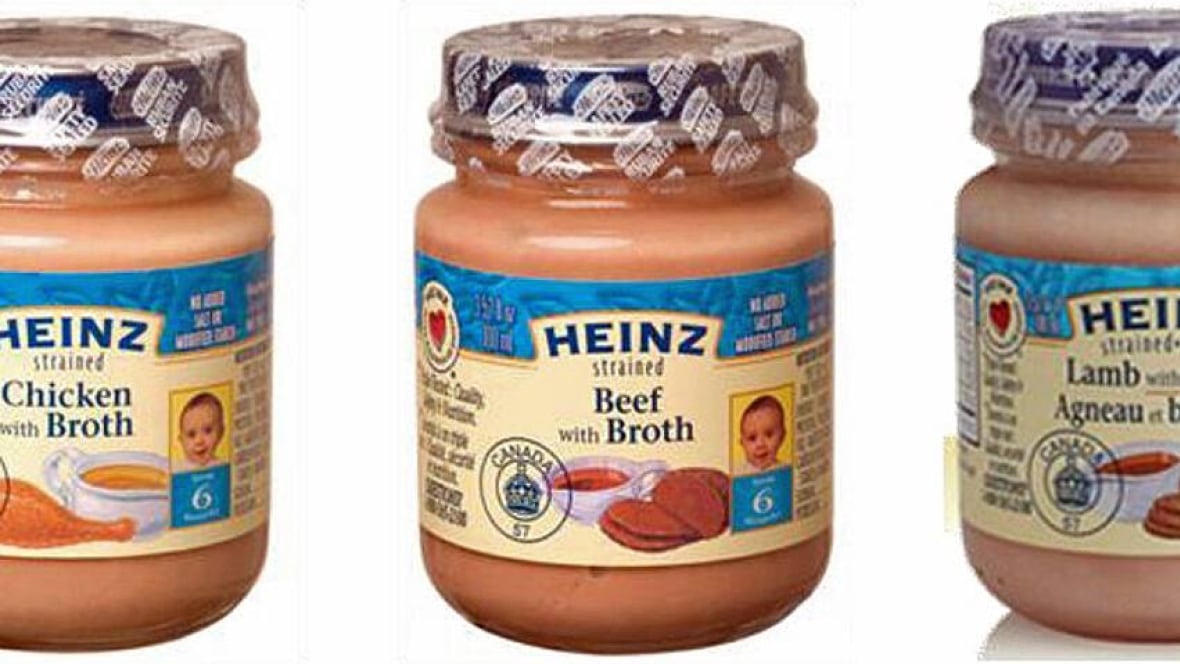 But you must be careful not to give your emu chicks more protein than necessary. If you do, the chicks may end up with splayed legs.
But you must be careful not to give your emu chicks more protein than necessary. If you do, the chicks may end up with splayed legs.
The diet of your baby emus should offer no more than 20% protein. Give them more than 20%, and they may suffer splayed or spraddle leg as stated above.
Besides the overall protein of your baby emus’ diet, you should pay attention to the type of amino acids the protein sources offer.
Proteins are a combination of 20 amino acids. However, of these 20 amino acids, emus can only produce 9 in their bodies. So, they must get the remaining 11 from their diet; in other words, those 11 are essential amino acids to emus.
When getting or preparing feed for baby emus, the 11 essential amino acids must be present. If they are not, the emus may suffer deficiency over time.
Of the 11 amino acids essential to emus, 5 are likely to be short in supply. These 5 are:
- Methionine
- Isoleucine
- Lysine
- Tryptophan
- Threonine
You must pay attention to the supply of these 5 amino acids in your baby emus diet as they are more likely to be deficient than other amino acids.
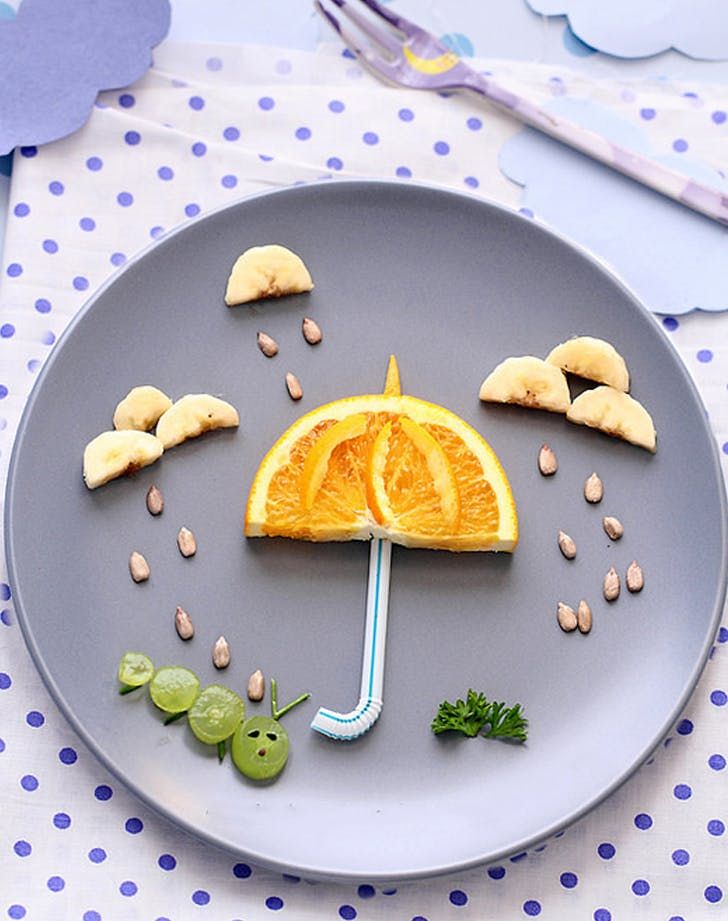
Methionine is particularly vital because its deficiency may contribute to leg disorders in emus. So, pay attention to the methionine content in your baby emus’ diet.
Minerals
Baby emus need minerals like calcium, sodium, phosphorus, manganese, and chloride in their diet.
Baby emus only need the said minerals in relatively small amounts. However, the balance between calcium and phosphorus is vital as an imbalance may cause leg disorders.
Besides the minerals mentioned above, trace amounts of iron, potassium, zinc, selenium, iodine, and copper are also beneficial to emus.
Fiber
Emus do not need too much fiber in their diet; they are best fed low-fiber meals. Baby emus will do just fine with around 5-7% fiber in their feed.
While fiber serves as an energy source and helps with gut health, its overall nutritional value to emus is low. So, keep it minimal.
Vitamins
Vitamins A, B-complex, and D are beneficial to baby emus. Vitamin A deficiency can leave baby emus prone to respiratory diseases. It may also lower their immunity, eyesight, and overall growth.
Vitamin A deficiency can leave baby emus prone to respiratory diseases. It may also lower their immunity, eyesight, and overall growth.
Generally, deficiency in the B vitamins can lower immunity and affect metabolism. It may also affect nerve functions, growth, and blood formation.
Vitamin D helps regulate the balance between calcium and phosphorus. So, if your baby emus are deficient in vitamin D, they may suffer leg disorders.
Carbohydrate and Fat
Carbohydrates and fats provide most of the energy baby emus need to survive. Thankfully, sources of these two nutrients are ubiquitous.
11 Healthy Foods / Treats for Baby Emu
The ideal diet for baby emus should be species-specific. In other words, the best food for emu chicks is emu feed.
Ideally, you should offer your emu chick an emu starter feed in the first 8 weeks of its life. Then from 2 months to 14 months, let your emu chicks live on emu grower feed.
Emu feeds are typically pelleted. Emu starter feed usually contains the following:
- 15-20% crude protein
- 3% fat
- 0.8-1% lysine
- 1-1.04% linoleic acid
- 0.5% methionine
- Metabolizable energy of up to 2700 kcal/kg
Emu grower feed would contain the following:
- 18-20% crude protein
- Metabolizable energy of around 2600- 2700 kcal/kg
- 0.4-0.5% methionine
- 0.75-0.9% lysine
- 3% fat
- 1-1.04% linoleic acid
In cases where you cannot get an emu-specific feed for your baby emus, you may try out the following alternatives:
Chick Starter Feed
Chick starter and grower feeds typically contain around 18 to 20% protein. They may also have about 1% calcium, phosphorus, vitamin A, vitamin B complex, vitamin D, vitamin E, and vitamin K. High-quality chick starter feed may also contain trace minerals such zinc, iron, and copper.
The nutrient profile of chick starter feed shows that it is a healthy alternative to emu starter feed. It offers many of the nutrients baby emus need for optimal development. So, if you do not get emu starter feed, you can work with chick starter feed.
It offers many of the nutrients baby emus need for optimal development. So, if you do not get emu starter feed, you can work with chick starter feed.
Cracked Corn
You can offer cracked corn as a treat to your baby emus. Corn provides protein, fat, carbohydrate, and fiber to emus. And as we already stated, these nutrients are beneficial to emus.
Ordinarily, baby emus may find it hard to eat uncracked corn kernels. But since you will crack the corn, eating and digesting is easier.
Cottonseed Meal
Cottonseed meal is a rich source of protein, with each 100g containing around 49g of protein. Besides being proteinous, it has significant amounts of calcium, vitamin B6, iron, carbohydrate, and fat.
While cottonseed meal is healthy food for your baby emu, it should not be the only constituent of their diet. Cottonseed meal contains way more protein than baby emus need. But if you mix it with other healthy food items, the overall protein content falls in place.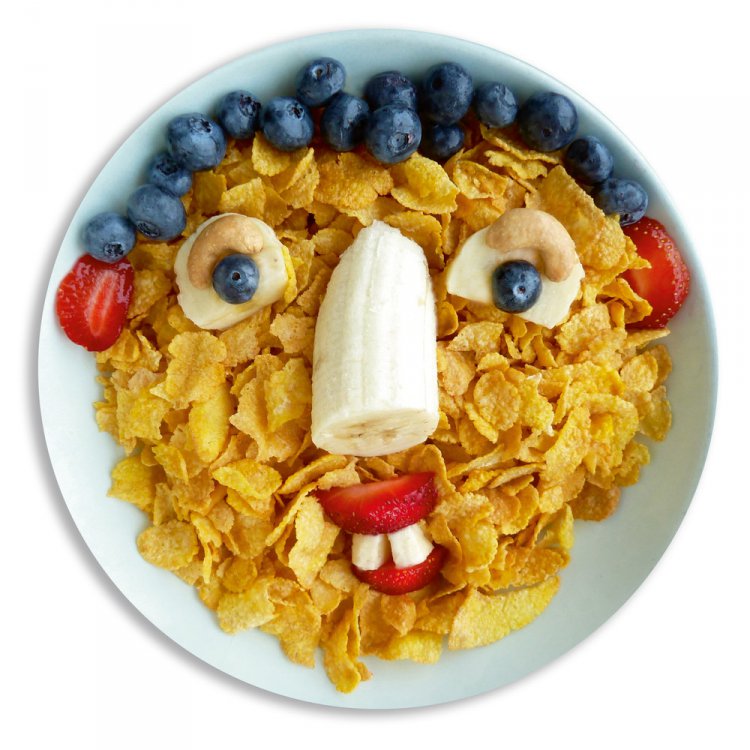
Kale
Kale is a healthy treat for baby emus. While it does not offer so much protein, carbohydrate, and fat, it provides other helpful nutrients.
Kale contains fair amounts of calcium, potassium, vitamin B6, iron, and magnesium. Each of these vitamins and minerals contributes to the overall wellbeing of emus in different ways.
Meat and Bone Meal
Meat and bone meal has a rich amino acid profile. So, it can offer most, if not all of the amino acids emus need in their diet.
Meat and bone meal contains protein, lysine, calcium, and phosphorus in significant amounts. So, it is typically restricted to 5% of a poultry bird’s diet. In other words, like cottonseed meal, meat and bone meal contains more nutrients than emus need. So, mix it with other healthy food items to normalize the nutrients.
Mill Run
Wheat mill run has around 15% crude protein and 0.1% calcium. But beyond those two, it contains many nutrients beneficial to emus.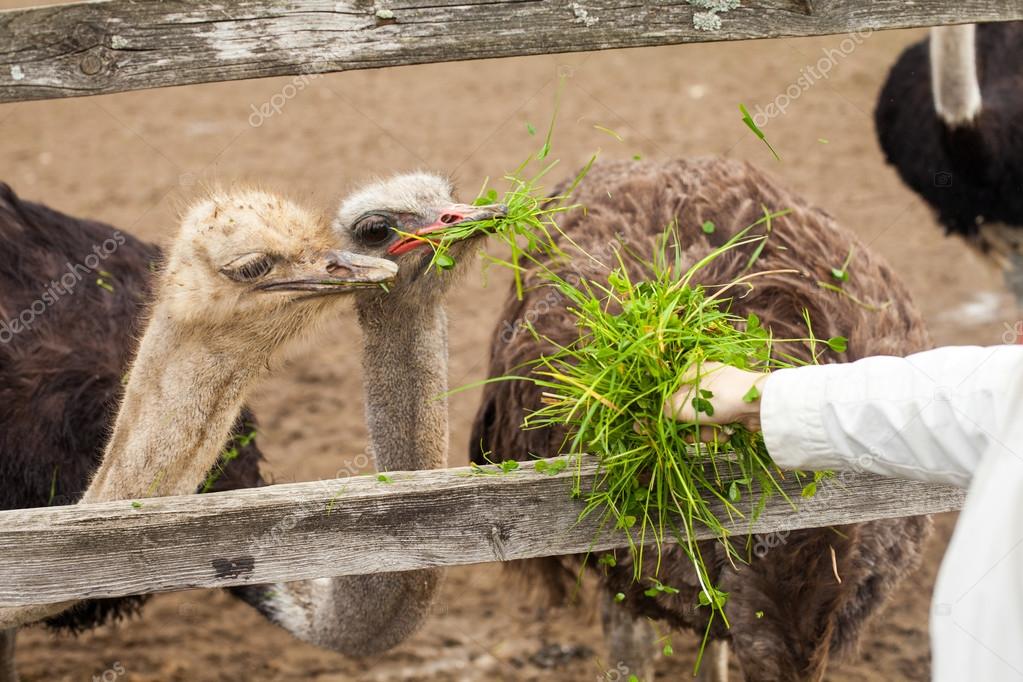 Mill run provides phosphorus, chloride, lysine, potassium, iron, and zinc.
Mill run provides phosphorus, chloride, lysine, potassium, iron, and zinc.
Rabbit Pellet
High-quality rabbit pellets provide around 14-16% protein. It also provides 1% calcium and 1% fat. However, the fiber content is pretty high – about 22%.
If you intend to raise the fiber content of your baby emu’s diet, you may add rabbit pellets to its feed. But rabbit pellet fed alone to baby emus is not ideal.
Sorghum
Sorghum offers around 10% protein, 3% fat, and 5-6% fiber. It also provides carbohydrates, copper, phosphorus, zinc, iron, and vitamins B1, B2, B5, and B6.
As you may see, the protein content of sorghum is not very high, but most of the other nutrients are present in sufficient amounts. So, you may combine sorghum with a high-protein meal when feeding sorghum to your baby emus.
Soybean Meal
Soybean meal has a similar nutrition profile to cottonseed meal. It is highly proteinous like cottonseed meal. But beyond the protein, it is a good source of calcium, vitamin B6, iron, potassium, sodium, and magnesium.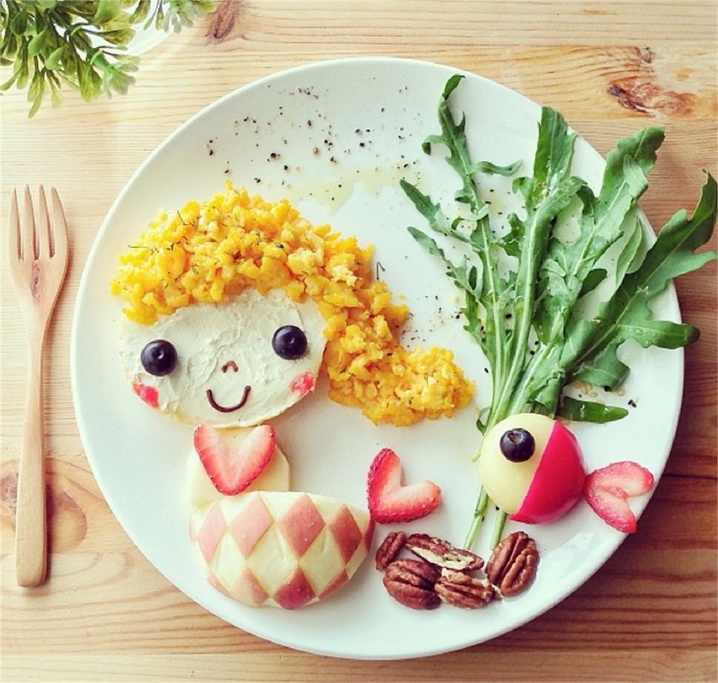
Like cottonseed meal, mix soybean meal with healthy low-protein food items when feeding baby emus. This way, the protein content can be low enough for emus.
Sunflower Meal
Sunflower meal contains around 28 to 40% protein – of course, this is much more than baby emus need in their diet. It also has about 15 to 25% fiber – more than baby emus need.
So, while sunflower meal is a healthy option for baby emus, it should only be a limited part of their overall diet. In other words, mix sunflower meal with low-protein, low-fiber food items. This way, you can normalize the protein and fiber content.
Spinach
Spinach does not contain protein, fiber, fat, or calories in ample amounts. But it provides vitamins and minerals like calcium, vitamin A, iron, folate, and vitamin K.
Spinach is more fitting as a treat since it does not contain the primary nutrients baby emus need.
Resources
- https://agritech.tnau.ac.in/ta/animal_husbandry/animhus_emu_feeding.
 html
html - http://www.redoakfarm.com/feed_requirements_for_emu.htm
- https://sugarmapleemu.com/page.cfm?pageid=12
- https://wagwalking.com/bird/condition/vitamin-a-deficiency-
- http://us.devenishnutrition.com/press-releases/128/importance-of-vitamin-d-in-ensuring-good-bird-health
- https://www.indiamart.com/animalfeed/emu-feed.html
- https://www.indiamart.com/animalfeed/emu-feed.html#emu-grower-feed
- https://www.backyardchickens.com/threads/what-do-i-feed-baby-emus-first-time-emu-mama.1212890/
- https://backyardpoultry.iamcountryside.com/feed-health/chick-nutrition-start-to-finish/
- https://www.purinamills.com/chicken-feed/education/detail/what-do-baby-chicks-eat-chick-starter-feed-is-key-for-lifetime-success
- https://www.webmd.com/food-recipes/corn-health-benefits#091e9c5e81d1b32b-3-7
- https://www.thespruce.com/feeding-birds-cracked-corn-385832
- https://fdc.nal.usda.gov/
- https://www.emu.services/caring-for-emu-chicks.
 html
html - https://poultry.extension.org/articles/feeds-and-feeding-of-poultry/feed-ingredients-for-poultry/animal-by-products-in-poultry-feeds/meat-and-bone-meal-in-poultry-diets/
- https://madbarn.com/feeds/wheat-mill-run/
- https://bunssb.org/bunnies/how-choose-rabbit-pellets
- https://www.healthline.com/nutrition/sorghum#nutrition
- https://www.feedstrategy.com/blog/sunflower-meal-an-unappreciated-source-of-protein-fiber/
- https://www.healthline.com/nutrition/foods/spinach#vitamins-and-minerals
Please share!
"Can he have a mango?". How and what to feed your baby while traveling
Traveling with a baby is a challenge. And the nutrition of a child on a trip is even more so. Should I give my child local fruits and vegetables? And take a supply of complementary foods with you? They tell in the FrutoNyanya blog.
The answers to these questions depend on a number of factors.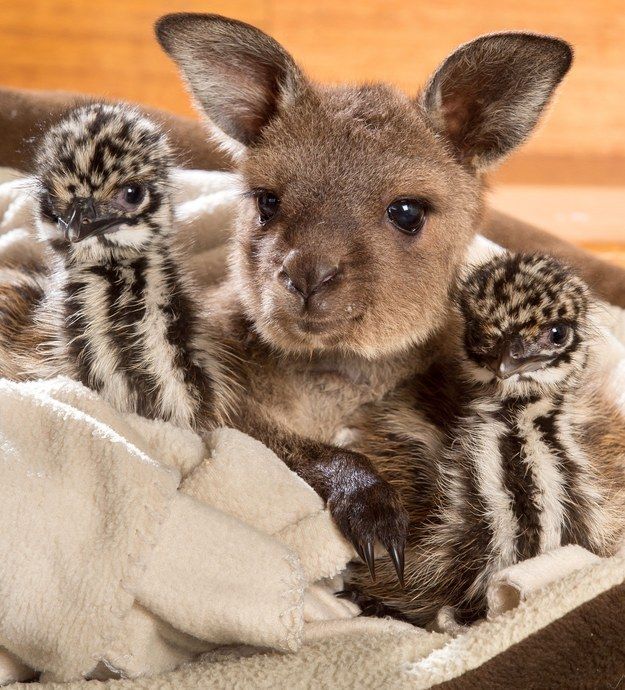 Therefore, when going on vacation, it is important to take into account the age of the child, his daily diet, as well as the place where the family goes on a trip.
Therefore, when going on vacation, it is important to take into account the age of the child, his daily diet, as well as the place where the family goes on a trip.
Infant food on the road
If the child is under six months old and is breastfed, then there should be no problems with nutrition during the trip. All he needs is his mother by his side. For convenience, you can stock up on various accessories for feeding in public places. For example, clothes with cutouts or nursing secrets, aprons or a muslin cape. Today, almost all airports in major cities and many shopping centers have mother and baby rooms where you can feed your baby.
It will be more difficult for parents of children on artificial and mixed feeding. It is important to understand whether it will be possible to replenish the supply of the mixture at the place of rest, so as not to take a large supply with you. If yes, you need to take with you the amount required for 24-hour feeding on the road, plus an additional 3-5 days of travel.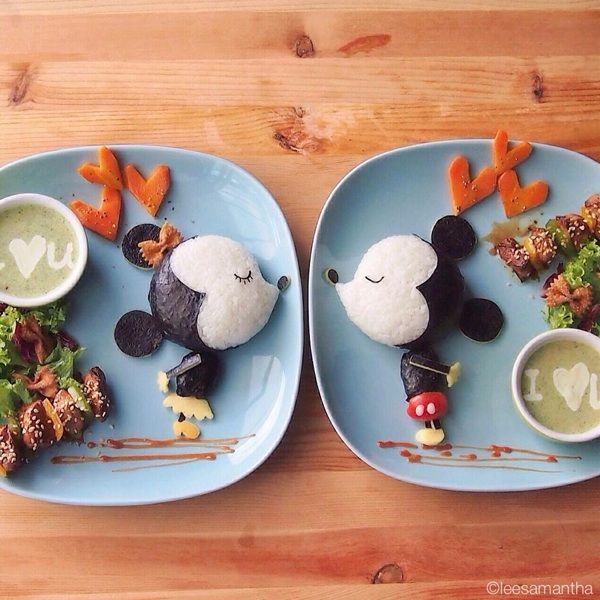 This is necessary in case of delays and cancellations of flights or other transport delays.
This is necessary in case of delays and cancellations of flights or other transport delays.
Take a bottle and a travel sterilizer with you. It is most optimal to use the mixture in packages designed for one feeding; it is convenient to take such bags with you in your hand luggage. It is best to take on the road a new dry mix in a closed package. You can store and transport it at room temperature, it is important not to keep the package in the sun.
It is not recommended to take the prepared mixture with you, as it requires strict adherence to special storage rules:
- The container with the mixture must be sterilized;
- Preserve formula must not come into contact with the baby's saliva before. If part of the mixture remains after feeding, then it must be poured out. Such a product is not subject to storage;
- When storing the mixture, the temperature in the refrigerator should not exceed 5-7 °C.

Do not forget about clean bottled water in the amount necessary for the trip. Water "FrutoNyanya", designed specifically for children, is perfect for diluting infant formula. It does not require boiling, and bottles in 0.33 format are equipped with a special convenient spout that makes it easy to water a child on the road. At the resort, it is also better for formula-fed babies to dilute the formula with bottled water. It is important to ensure that the integrity of the cap and bottle is not broken, and that the bottle itself contains marks that the water is suitable for baby food.
Travel food for children aged 1+
Children under 1 year of age and older who have already started to introduce complementary foods into their diet should take a supply of familiar foods with them for the first time. It is undesirable to introduce a child to new products a few days before the trip and in the first days of the trip: this is fraught with indigestion or an allergic reaction.
The most convenient food option for children under 3 years of age while traveling is prepared baby food. Industrial food is the safest for feeding on the go: thanks to the sealed packaging, germs will definitely not get into it until the lid is opened. In addition, manufacturers of baby food are required to carefully control the quality of products from shelf to counter. Mom and dad do not need to spend time cooking, you can enjoy the happy moments of family vacation.
Photo: Anna Nahabed / shutterstock / fotodomThe gastronomic preferences of children abroad can differ significantly from those we are used to: in some foreign countries it is difficult to find zucchini puree, so popular for the first feeding in Russia. It is important to strictly follow the rules for introducing new products in relation to unfamiliar components of foreign purees or local exotic fruits and vegetables.
For the first time, take with you foods that are already familiar to your child and that you are sure are safe: these can be dry cereals, baby cookies, vegetable, meat and fruit purees, as well as your favorite juices and drinks, depending on the age and diet of the child. For a snack by the sea or a walk, you can take healthy snacks without added sugar - bread, corn sticks, fruit pieces and other goodies that are produced by children's brands. Baby food can also be bought on the spot, but it is important to remember that acquaintance and transition to new products must be carried out gradually, over 3-5-7, and sometimes 10-14 days, based on the individual characteristics of your child's health.
For a snack by the sea or a walk, you can take healthy snacks without added sugar - bread, corn sticks, fruit pieces and other goodies that are produced by children's brands. Baby food can also be bought on the spot, but it is important to remember that acquaintance and transition to new products must be carried out gradually, over 3-5-7, and sometimes 10-14 days, based on the individual characteristics of your child's health.
Do not take with you when traveling and on the road:
- Dairy and sour-milk products that should be stored only in the refrigerator;
- Perishable goods;
- Products with expired or damaged packaging.
5 tips for parents who are thinking about how to organize their child's meals while traveling:
- Think through all the issues with feeding and feeding the child in advance. Try to plan your life in advance, study local forums, ask acquaintances and friends who have already been with a child in this place what to look for.

- Check the availability of stores and children's products in another city, country, make sure you can buy the necessary products.
- Take your usual baby food with you for the first few days to help your child adapt to the new environment. Don't forget to buy baby water for the trip.
- Buy and take with you products in convenient packaging, observe storage conditions and tightness.
- Observe the diet. When traveling, there is a great temptation to unscheduled snacks, changing the usual schedule and getting to know new food. It is important for parents to maintain a regimen and healthy eating habits in children while traveling and take care of a healthy and safe diet
Cover photo: Halfpoint / shutterstock / fotodom
What dishes to include in the children's menu to make it tasty and healthy
In winter, you need to strengthen vulnerable children's immunity by any available means. And for this, you should add as many healthy dishes with a shock portion of vitamins to your daily diet as possible.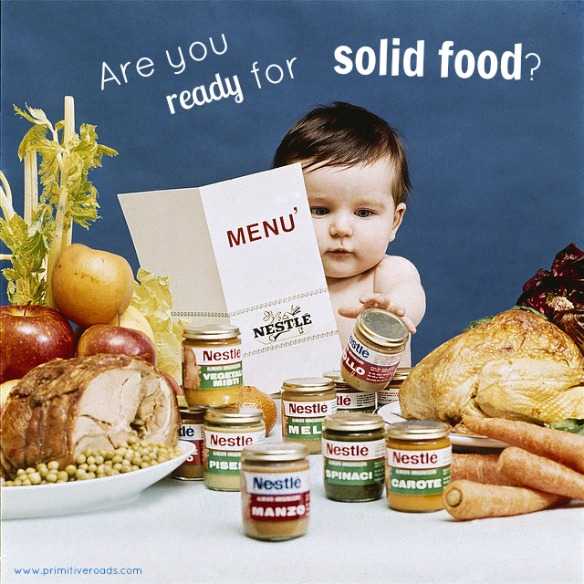 Mostly it is vegetables in all possible variations. They are good to bake and stew, serve as a side dish, make soups and even delicious desserts based on them. This topic is dedicated to our selection of recipes.
Mostly it is vegetables in all possible variations. They are good to bake and stew, serve as a side dish, make soups and even delicious desserts based on them. This topic is dedicated to our selection of recipes.
Soup classic
Chicken soup with vegetables is the perfect embodiment of a balanced vitamin meal for a child. To prepare it, take 2 chicken thighs, pour 3 liters of water and leave to cook over low heat for half an hour. In the meantime, we will make a ruddy frying of the onion, carrot and celery stalk in a saucepan. Just don't overcook the vegetables. As soon as they soften, pour 3 potatoes into cubes and fry for another 5 minutes.
Strain the finished broth and pour the contents of the pot. When the potatoes are completely cooked, lay 50-60 g of egg noodles, salt and pepper the soup to taste, add fresh herbs. Grind the cooled chicken thighs and also pour into the pan. It remains to bring the soup to readiness and let it brew under the lid.
Peppers with a surprise
For the second, offer your child hearty stuffed peppers. Let's start with the filling first. To do this, cook until half cooked 100 g of rice. While it is quietly boiling in a saucepan, we pass the onion into cubes and grated carrots until golden brown. We mix the frying with semi-cooked rice and 300 g of any minced meat, which the child likes best. Add a little salt and dry herbs, knead the mass with your hands. We cut off the caps of 4-5 medium-sized bell peppers, remove the seeds and partitions, fill with minced meat and put upright in a wide pan.
Let's start with the filling first. To do this, cook until half cooked 100 g of rice. While it is quietly boiling in a saucepan, we pass the onion into cubes and grated carrots until golden brown. We mix the frying with semi-cooked rice and 300 g of any minced meat, which the child likes best. Add a little salt and dry herbs, knead the mass with your hands. We cut off the caps of 4-5 medium-sized bell peppers, remove the seeds and partitions, fill with minced meat and put upright in a wide pan.
Now let's fill it. Stir in 300 ml of hot water, 3 tbsp. l. tomato paste and thick sour cream, put salt and black pepper. Pour the stuffed peppers in a saucepan, bring to a boil and simmer over low heat under a lid for 40-45 minutes. At the end, put the bay leaf and keep the peppers without fire under the lid for a quarter of an hour.
Fish delicacy
In winter, meat in the children's diet is especially important to alternate with seafood. Grilled red fish with sauce is just what you need. We rub the lime zest on a fine grater, squeeze the juice from the fruit and mix everything. Shred 5-6 sprigs of cilantro. We cut the onion into a small cube. Mix citrus juice with zest, herbs and onions. Lubricate 5 portioned pieces of salmon with marinade, leave for 15 minutes.
We rub the lime zest on a fine grater, squeeze the juice from the fruit and mix everything. Shred 5-6 sprigs of cilantro. We cut the onion into a small cube. Mix citrus juice with zest, herbs and onions. Lubricate 5 portioned pieces of salmon with marinade, leave for 15 minutes.
It is better to cook such fish in a grill pan in order to preserve the maximum of nutrients. Fry the salmon on both sides until golden brown stripes appear. Light yogurt sauce is perfect for it. Chop as finely as possible 1 tbsp. l. capers, a clove of garlic, 2-3 sprigs of tarragon. Add 100 g of natural yogurt, juice of half a lemon, season with salt and black pepper. Little gourmets will be pleased, especially if you serve fish on wooden skewers.
Potatoes with vegetable vitamins
Experience shows that children prefer potatoes to many other vegetables. And therefore, you won’t have to persuade them to eat baked potatoes for a long time. We wash 4 oblong tubers in water, wipe dry, grease with oil and bake whole with the skin in the oven at 220 ° C for 45-50 minutes.
Let's make the salad while the root vegetables are ready. Cut 6-8 cherry tomatoes into slices, fresh cucumber into half circles, red onion into half rings. Do not forget to pour boiling water over the onion to remove unpleasant bitterness. We chop 5-6 sprigs of parsley, mix with vegetables, salt to taste, season with Greek yogurt.
We cool the finished potato tubers, cut off the side part and remove part of the core, we will also mix it into the salad. We fill potato boats with salad and decorate with lettuce leaves.
Curd breakfast
All food for children in the cold season should be healthy, and desserts are no exception. In this regard, the traditional cottage cheese casserole is a win-win option for all occasions.
Whisk the egg vigorously with 1 tbsp. l. sugar and a pinch of salt. Add 300 g of cottage cheese with a fat content of at least 9%, 1 tbsp. l. semolina, 0.5 tsp. baking powder and a pinch of vanilla. We knead the resulting mass well and leave it for 10-15 minutes so that the semolina disperses.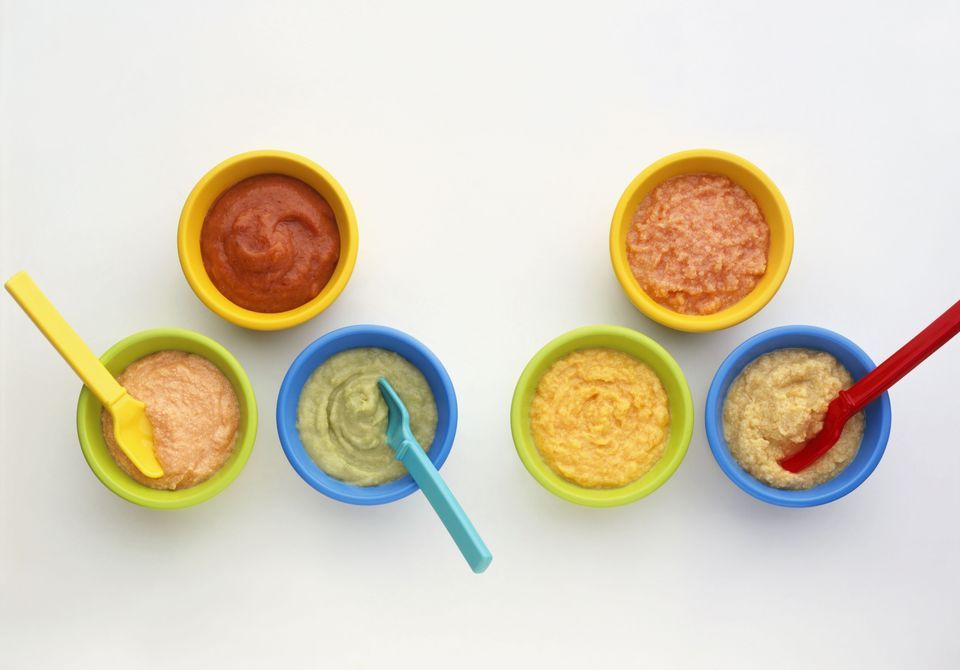 If desired, you can put a grated apple, a handful of raisins, banana slices or dried berries here.
If desired, you can put a grated apple, a handful of raisins, banana slices or dried berries here.
Lubricate ceramic molds with oil, sprinkle with ground breadcrumbs and fill with curd mass. We put them in the oven at 180 ° C for about half an hour. This cottage cheese casserole can be prepared for breakfast. Just let it cool down properly, garnish with mint and serve with sour cream.
Cake with an orange mood
Even homemade cakes can be loaded with vitamins and made extremely healthy. Spicy carrot cake is just such a case.
In one container, mix 130 g flour, 1 tsp. baking powder, 70–80 g of sugar, 0.5 tsp each. cinnamon and ground ginger, a pinch of vanilla and nutmeg. In another container, beat 2 eggs with 80 ml of vegetable oil, pour 300 g of grated raw carrots. We combine dry and liquid bases, carefully knead the dough until a homogeneous consistency.
Fill buttered muffin tins with it and bake in the oven at 180°C for 40-45 minutes. When the carrot muffins cool down, they will taste even better.